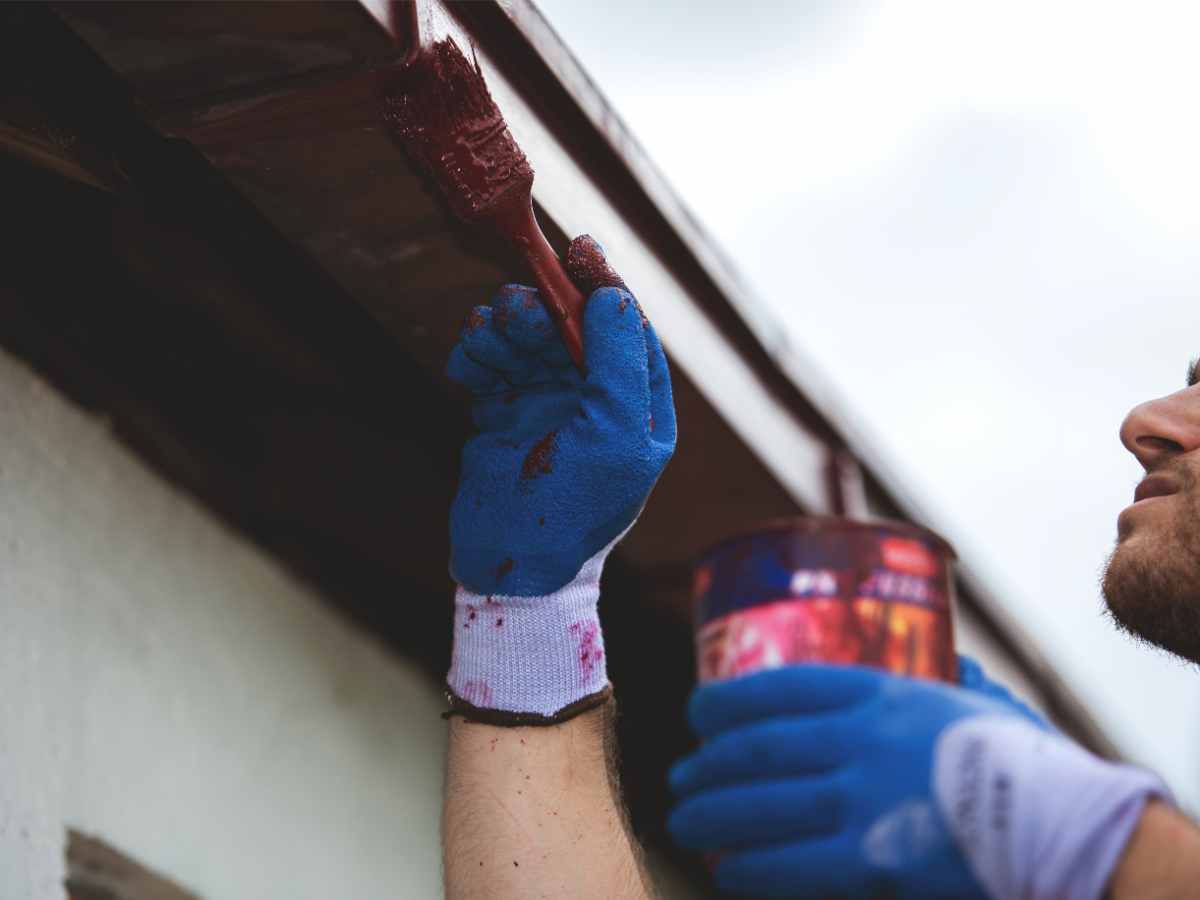

Articles
How To Paint Gutters
Modified: December 7, 2023
Learn how to paint gutters with these helpful articles. Enhance the appearance and protect your gutters with expert advice on painting techniques and maintenance tips.
(Many of the links in this article redirect to a specific reviewed product. Your purchase of these products through affiliate links helps to generate commission for Storables.com, at no extra cost. Learn more)
Introduction
Welcome to our comprehensive guide on how to paint gutters. Over time, the exterior features of our homes, such as gutters, can become worn, faded, or damaged by the elements. Giving your gutters a fresh coat of paint not only enhances their aesthetic appeal but also helps protect them from further deterioration.
Painting gutters may seem like a daunting task, but with the right materials, techniques, and a little bit of patience, you can achieve professional-looking results. In this article, we will walk you through the step-by-step process of painting your gutters, from choosing the right paint to applying a second coat for a long-lasting finish.
Before we dive into the details, it’s important to note that safety should always be a top priority. Make sure you have a sturdy ladder, protective gear such as gloves and goggles, and a stable working surface. Now, let’s get started!
Key Takeaways:
- Choosing the right paint, preparing the gutters, and applying primer are crucial steps for achieving a professional and long-lasting finish when painting gutters.
- Following systematic painting techniques, using the right weather conditions, and maintaining patience and thoroughness are essential for achieving a beautiful and durable gutter paint job.
Read more: How To Paint Gutters And Soffits
Choosing the Right Paint
When it comes to painting gutters, selecting the appropriate type of paint is crucial for achieving a durable and attractive finish. Here are a few factors to consider when choosing the right paint for your gutters:
- Exterior-grade paint: Since gutters are exposed to harsh weather conditions, it is important to use an exterior-grade paint that is specifically formulated to withstand outdoor elements such as UV rays, rain, and temperature fluctuations.
- Waterproof and rust-resistant: Look for a paint that offers waterproof and rust-resistant properties. This will help protect your gutters from moisture damage and minimize the chances of rust formation.
- Compatibility with gutter material: Different gutter materials require different types of paint. For example, if you have aluminum gutters, choose a paint that is compatible with aluminum surfaces. This ensures proper adhesion and longevity of the paint job.
- Fade-resistant: To maintain the vibrancy of your gutter color over time, opt for a paint that is fade-resistant. This will help prevent your gutters from looking dull and washed out.
- Color selection: Consider the overall aesthetic of your home and choose a paint color that complements the existing exterior. You can either match the gutter color to the trim or go for a contrasting color to make the gutters stand out.
Visit your local hardware store or consult with a paint professional for further guidance on selecting the right paint. They can provide valuable recommendations based on your specific needs and preferences.
Now that you have chosen the perfect paint for your gutters, let’s move on to preparing them for a smooth and successful painting process.
Preparing the Gutters
Before you start painting your gutters, it’s essential to properly prepare them to ensure a smooth and long-lasting finish. Follow these steps to prepare your gutters for painting:
- Clean the gutters: Use a stiff brush or a power washer to clean the gutters and remove any dirt, debris, or loose paint. Make sure to remove any obstructions such as leaves, twigs, and moss that may have accumulated in the gutters.
- Sand the surface: If there are any rough or peeling areas on the gutter surface, gently sand them using fine-grit sandpaper. This will create a smooth surface for the paint to adhere to.
- Remove rust: If you notice any rust spots on your gutters, use a wire brush or sandpaper to remove the rust. Applying a rust converter will also help prevent further rust formation.
- Repair any damage: Inspect the gutters for any signs of damage such as dents, cracks, or holes. Use an appropriate gutter repair product to fix these issues before starting the painting process.
- Mask off surrounding areas: Use plastic sheeting or painter’s tape to cover any nearby surfaces or areas that you don’t want to get paint on, such as windows, walls, or landscaping.
- Prime the gutters (if necessary): Depending on the condition of your gutters and the type of paint you are using, applying a primer may be necessary. Priming helps create a smooth base for the paint to adhere to and improves the overall durability of the paint job.
By adequately preparing your gutters, you are setting the stage for a successful painting process. Now, let’s move on to the next step: cleaning the gutters to ensure a pristine surface for painting.
Cleaning the Gutters
Before you begin painting your gutters, it’s crucial to thoroughly clean them to remove any dirt, grime, or remaining debris. Here’s how to effectively clean your gutters:
- Start with a thorough rinse: Use a garden hose or pressure washer to rinse the gutters and downspouts. This will help remove loose dirt and debris and give you a clear view of any remaining areas that need cleaning.
- Scrub away stubborn stains: For more stubborn stains or built-up grime, mix a solution of mild detergent or vinegar with warm water. Scrub the gutters using a soft brush or sponge to remove the stains. Be sure to pay attention to the corners and joints where dirt tends to accumulate.
- Flush out remaining debris: After scrubbing, rinse the gutters again with water to flush out any remaining debris or detergent. This step is crucial to ensure the surface is clean and ready for painting.
- Inspect for clogs: While cleaning the gutters, check for any clogs or blockages in the downspouts. Use a plumber’s snake or a pressure washer with a high-pressure nozzle to remove any obstructions.
- Dry the gutters: Before moving on to the next steps, allow the gutters to dry completely. This will ensure that the paint adheres properly and doesn’t become diluted or streaked due to moisture.
Keep in mind that safety should be a priority when cleaning gutters, especially when using a ladder or pressure washer. Take necessary precautions and wear protective gear such as gloves and goggles to avoid any accidents or injuries.
Now that your gutters are clean and dry, you’re ready to move on to the next step: repairing any damage that may be present.
Repairing any Damage
Before you proceed with painting your gutters, it’s essential to inspect them for any damage such as dents, cracks, or holes. Repairing these issues will not only improve the aesthetic appearance of your gutters but also enhance their functionality and durability. Here’s how to effectively repair any damage:
- Dent repair: If you notice any dents in your gutters, you can attempt to restore them to their original shape using a rubber mallet or a block of wood. Gently tap the dent from the inside of the gutter until it pops out. For more severe dents, you may need to consult a professional gutter repair specialist.
- Crack sealing: For small cracks or holes in your gutters, you can use a gutter sealant or an epoxy-based putty to seal the damaged area. Follow the manufacturer’s instructions for application and allow sufficient drying time before proceeding with painting.
- Replacement: If you come across significant damage in your gutters that cannot be repaired effectively, it may be necessary to replace the damaged section altogether. Measure the area accurately and purchase a matching gutter section from your local home improvement store. Follow the manufacturer’s instructions for installation.
By addressing any damage and ensuring that your gutters are in good condition, you are setting the stage for a successful painting job. Once you have completed the necessary repairs, it’s time to move on to the next step: applying primer to your gutters.
Before painting gutters, make sure to clean them thoroughly to remove any dirt, debris, and peeling paint. Use a wire brush to remove any rust and apply a primer before painting to ensure better adhesion and longevity of the paint job.
Read more: What Paint To Use On Aluminum Gutters
Applying Primer
Before you start painting your gutters, applying a primer is highly recommended, especially if your gutters have bare metal or have been previously painted with a different type of paint. Primer helps create a smooth and even surface for the paint to adhere to, promotes better adhesion, and improves the overall durability of the paint job. Here’s how to apply primer to your gutters:
- Clean and dry the gutters: Ensure that your gutters are clean and completely dry before applying the primer. Any moisture or debris on the surface can affect the primer’s effectiveness.
- Choose the right primer: Select a high-quality primer that is specifically formulated for exterior use on metal surfaces. Look for a primer that is rust-inhibiting and compatible with the type of paint you will be using.
- Apply the primer: Using a paint brush or a roller, apply an even coat of primer to the entire surface of the gutters. Pay attention to any joints, corners, or areas that are prone to rust or damage. Ensure that the primer is applied evenly and smoothly.
- Allow sufficient drying time: Follow the manufacturer’s instructions for the recommended drying time of the primer. Depending on the product, it may take a few hours or overnight to dry completely.
- Inspect the primed surface: Once the primer is dry, inspect the surface for any uneven areas, drips, or imperfections. Use sandpaper to gently smooth out any rough spots or drips, if necessary.
Applying a primer to your gutters before painting ensures a professional and long-lasting finish. It creates a strong foundation for the paint and helps maximize its adhesion and durability, preventing peeling or flaking. Now that your gutters are primed and ready, it’s time to move on to the exciting part: painting the gutters!
Painting the Gutters
Now that you have prepared your gutters and applied primer, it’s time to start painting! Follow these steps to ensure a smooth and successful painting process:
- Choose a suitable paintbrush or roller: Select a high-quality paintbrush or roller that is designed for exterior use and suitable for the type of paint you have chosen. A brush with synthetic bristles or a paint roller with a medium nap is generally recommended for painting gutters.
- Stir the paint thoroughly: Before you start painting, make sure to stir the paint well to achieve a consistent color and texture. Follow the manufacturer’s instructions for proper stirring techniques.
- Start painting: Begin by dipping your brush or roller into the paint, removing any excess, and then apply it to the gutters using smooth and even strokes. Work in small sections, starting from one end of the gutter and moving systematically towards the other end.
- Pay attention to details: Take care when painting around joints, corners, and seams to ensure thorough coverage. Use a smaller brush or a foam brush for these intricate areas to ensure precision and neatness.
- Maintain a consistent coverage: Aim for a consistent coat of paint across the entire surface of the gutters. Avoid leaving any thin or uneven areas as this can affect the overall appearance and durability of the paint job.
- Allow adequate drying time: Follow the manufacturer’s instructions for the recommended drying time between coats. It is generally recommended to wait for the first coat to dry completely before applying a second coat, if necessary.
Remember to work in proper weather conditions. Avoid painting gutters on extremely hot or humid days or when rain is expected, as this can hinder the drying process and affect the quality of the paint job.
Once you have finished painting the gutters, step back and assess the overall appearance. If a second coat is desired for achieving a more vibrant or evenly covered look, allow the first coat to dry completely before applying the second coat. Ensure that each coat is applied smoothly without drips or streaks. Keep in mind that multiple thin coats are generally better than one thick coat.
Now that your gutters are beautifully painted, let’s move on to the final step: applying a second coat (if needed) to ensure a professional finish.
Applying a Second Coat (if needed)
Applying a second coat of paint to your gutters is often necessary to achieve a more vibrant and evenly covered look. It helps ensure a professional finish and enhances the durability of the paint job. Here are the steps to follow when applying a second coat:
- Assess the first coat: Before proceeding with a second coat, take a step back and assess the appearance of your gutters after the first coat has dried. Check for any areas that may still appear thin or uneven in coverage.
- Prepare the surface: If there are any imperfections, drips, or rough spots on the first coat, lightly sand them using fine-grit sandpaper to create a smooth surface for the second coat. Make sure to wipe away any dust or debris before applying the second coat.
- Stir the paint: Stir the paint thoroughly to ensure a consistent color and texture, just as you did before applying the first coat. This will help maintain a cohesive appearance throughout the paint job.
- Apply the second coat: Using the same techniques as before, dip your paintbrush or roller into the paint, remove any excess, and apply a smooth and even second coat to your gutters. Work in small sections, starting from one end of the gutter and moving systematically to the other end.
- Allow sufficient drying time: Follow the manufacturer’s instructions for the recommended drying time between coats. It is important to ensure that the first coat is completely dry before applying the second coat to avoid any streaks or smudging.
- Inspect the final result: After the second coat has dried, carefully inspect your gutters for any remaining thin or uneven areas. If needed, touch up these areas by applying a third coat using the same techniques outlined above.
By applying a second (or even third) coat of paint, you can achieve a more professional and polished finish for your gutters. Remember to work in proper weather conditions and allow adequate drying time between coats. This will help ensure the longevity and visual appeal of your freshly painted gutters.
Now that your gutters have been painted with precision and care, let’s move on to some tips for achieving a truly professional finish.
Tips for a Professional Finish
Here are some additional tips to help you achieve a professional finish when painting your gutters:
- Choose the right weather: Paint in mild weather conditions when the temperature is between 50°F and 85°F (10°C and 29°C). Extreme heat can cause the paint to dry too quickly, while cold and humid conditions can affect the paint’s adhesion and drying time.
- Follow a systematic approach: Start at one end of the gutter and work your way towards the other end, maintaining a consistent painting technique. This will help ensure even coverage and minimize streaks and inconsistencies.
- Use long, smooth strokes: Paint gutters using long, smooth strokes, following the length of the gutters. This will help create a seamless and professional-looking finish.
- Don’t overload the brush or roller: Avoid overloading your brush or roller with paint, as this can lead to drips and an uneven application. Use controlled and even pressure to achieve a smooth and consistent coat.
- Blend each stroke: Blend each stroke of paint into the previous one while the paint is still wet. This technique helps minimize visible brush or roller marks and creates a more seamless finish.
- Check for drips: Regularly inspect the gutters for any paint drips or runs. If you spot any, quickly smooth them out using a brush or roller before they dry.
- Clean up any spills or splatters: If any paint accidentally spills or splatters onto nearby surfaces or landscaping, immediately clean it up with a damp cloth or sponge. This will prevent the paint from drying and becoming difficult to remove.
- Stay patient and thorough: Take your time and thoroughly paint each section, ensuring complete coverage and a consistent finish. Rushing the process can result in an uneven and less professional-looking paint job.
- Remove tape carefully: If you used painter’s tape to protect surrounding areas, remove it carefully while the paint is still slightly wet. This will help prevent any peeling or damage to the paint along the edges.
- Maintain and clean your gutters: Regularly inspect and clean your gutters to keep them in good condition and prolong the lifespan of the paint. Remove any debris or leaves that may accumulate to prevent potential damage.
By following these tips, you can achieve a beautiful and professional finish when painting your gutters. A carefully executed paint job will not only enhance the aesthetic appeal of your home but also help protect your gutters from the elements and extend their lifespan.
Now that you have the knowledge and guidelines for painting your gutters like a pro, it’s time to put your skills into action. Good luck with your paint project, and may your gutters shine with beauty!
Read more: How Much To Paint Gutters On House
Conclusion
Congratulations! You have reached the end of our comprehensive guide on how to paint gutters. We have covered everything from choosing the right paint to achieving a professional finish. Painting your gutters not only enhances the overall aesthetic appeal of your home but also helps protect them from the damaging effects of the environment.
Remember, thorough preparation is key to a successful paint job. Clean and repair your gutters, apply primer if needed, and carefully choose the right paint for your specific gutter material. By following the step-by-step instructions and incorporating the tips we provided, you can achieve a beautiful and long-lasting finish.
Always prioritize safety by using proper equipment and following safety guidelines. Take your time and work methodically to ensure an even and professional application of paint. Patience and attention to detail will yield the best results.
Once your gutters are freshly painted, make sure to maintain them by regularly cleaning and inspecting for any signs of wear or damage. This will help preserve the appearance and integrity of your gutters over time.
We hope that this guide has empowered you with the knowledge and confidence to paint your gutters. Remember, practice makes perfect, so don’t be afraid to tackle this project and put your skills to the test. Enjoy the transformation and the satisfaction of a job well done!
Frequently Asked Questions about How To Paint Gutters
Was this page helpful?
At Storables.com, we guarantee accurate and reliable information. Our content, validated by Expert Board Contributors, is crafted following stringent Editorial Policies. We're committed to providing you with well-researched, expert-backed insights for all your informational needs.
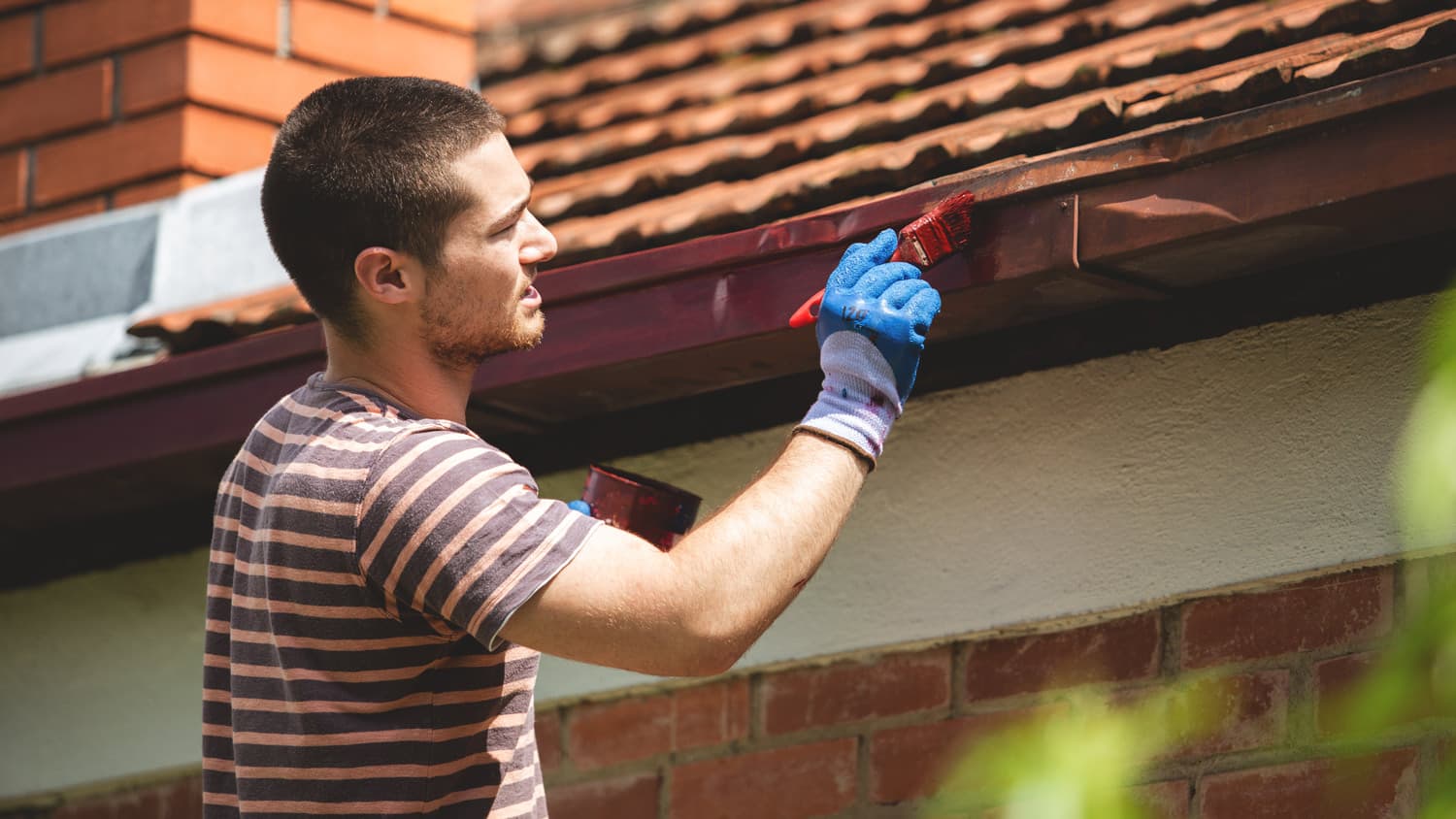
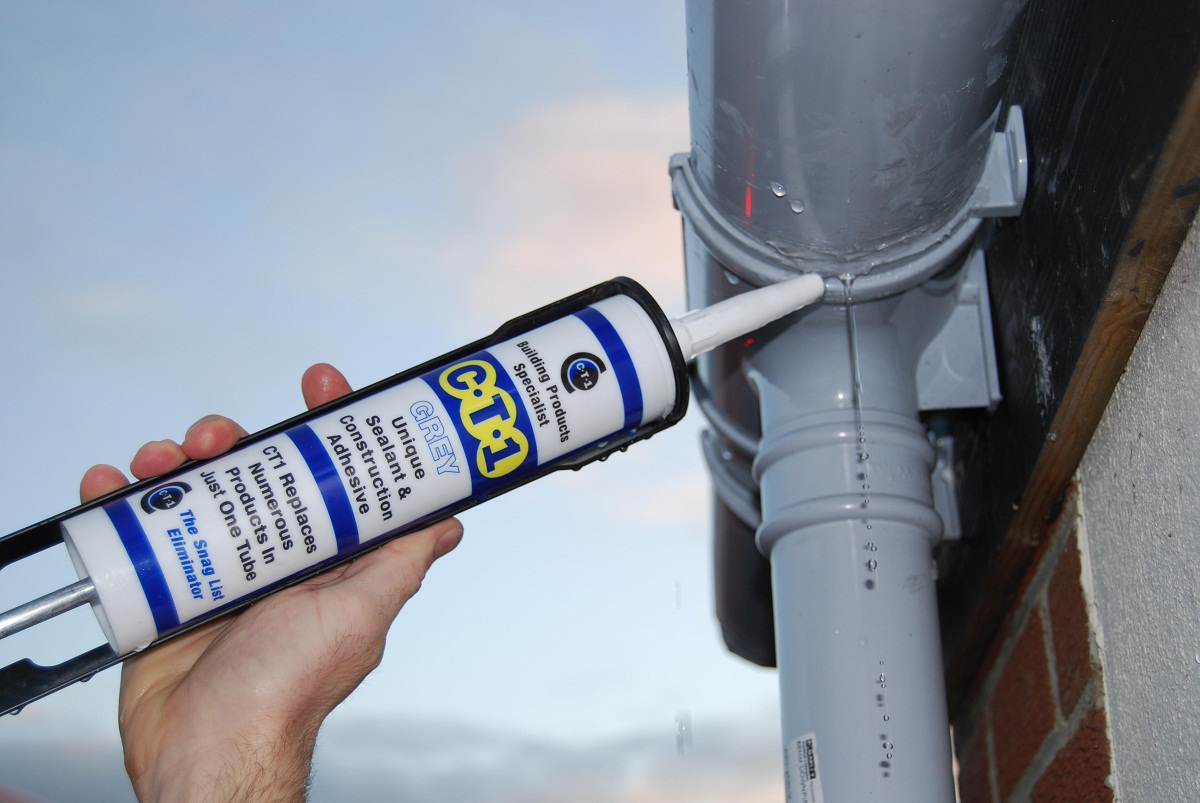
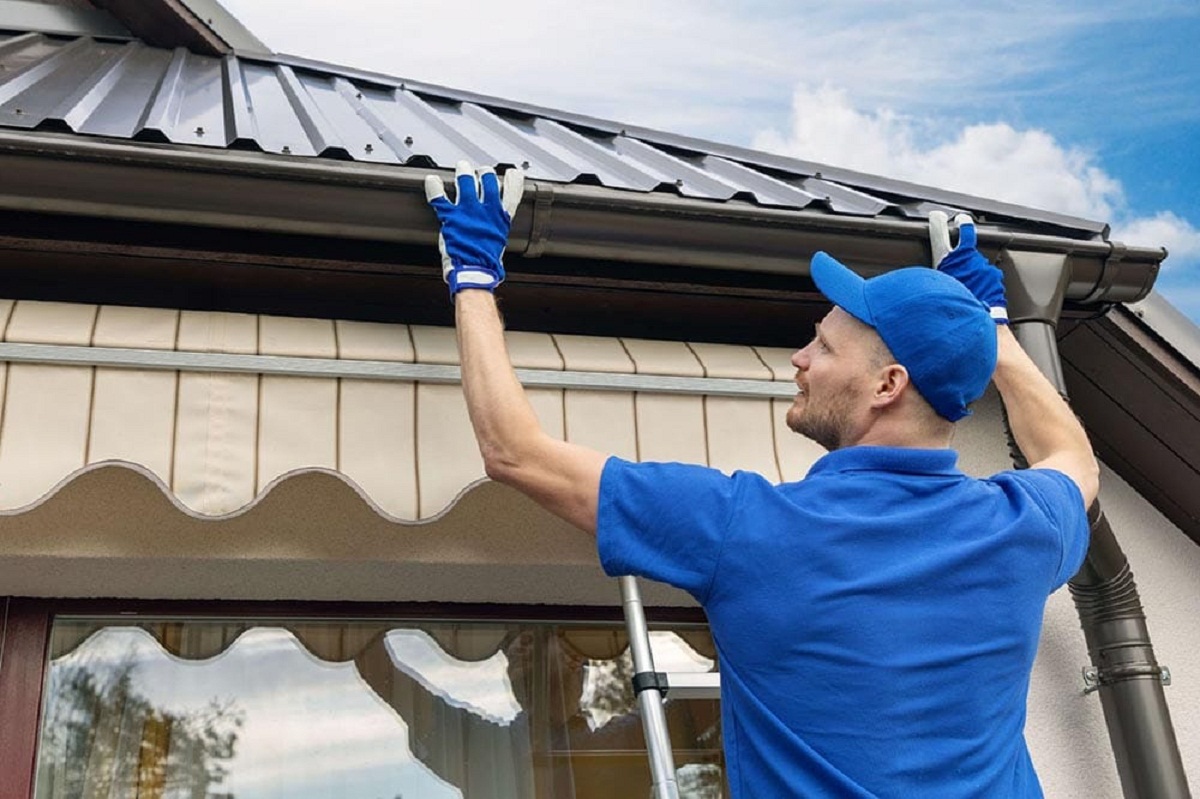
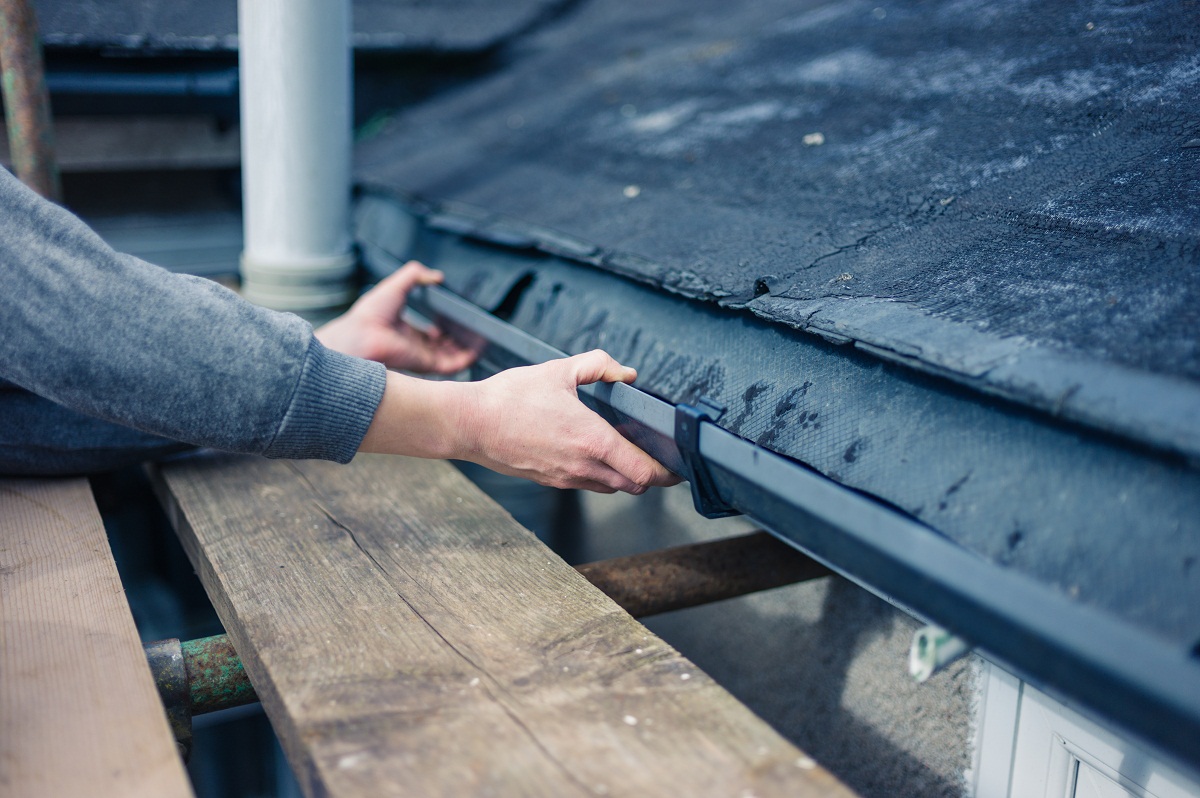
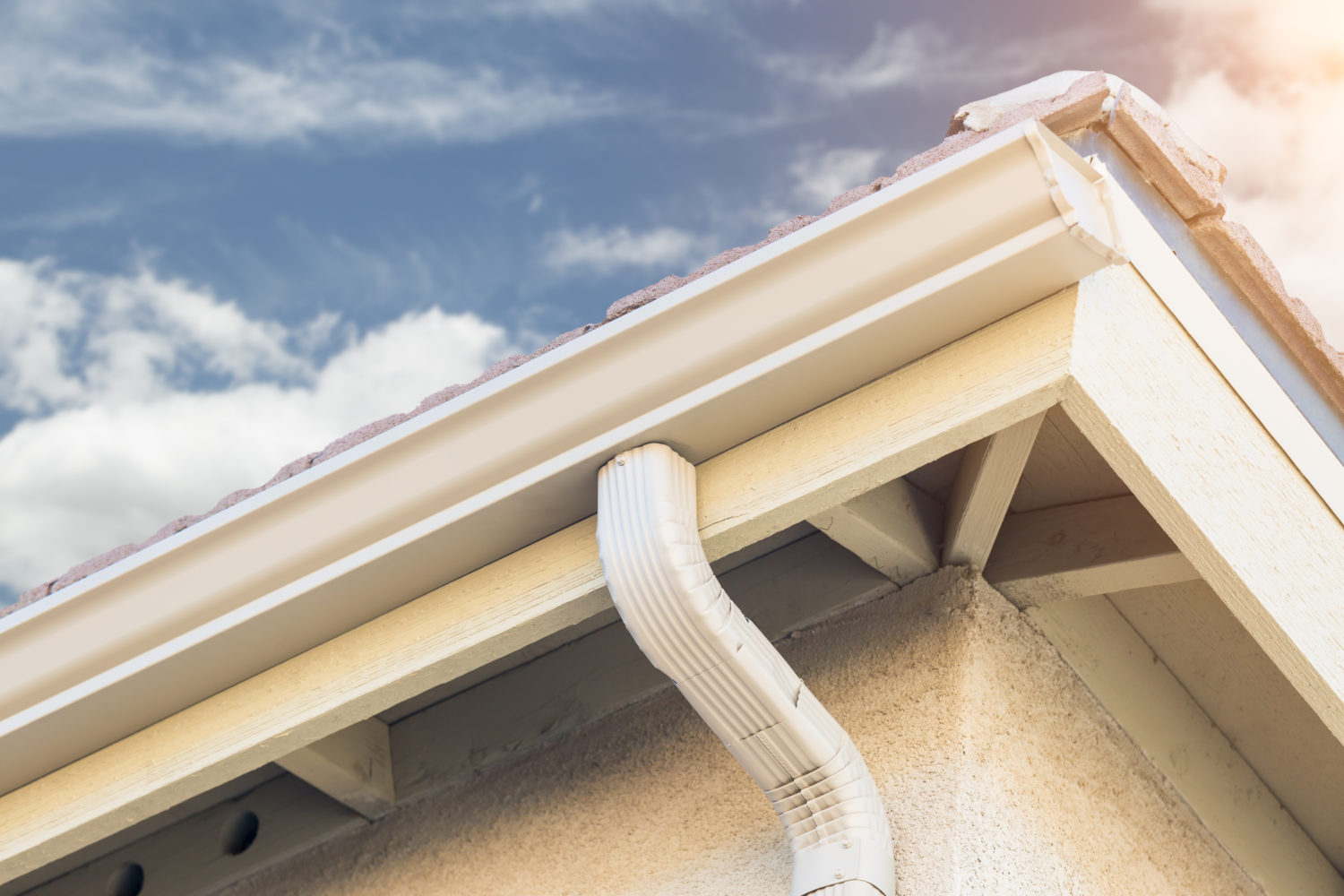
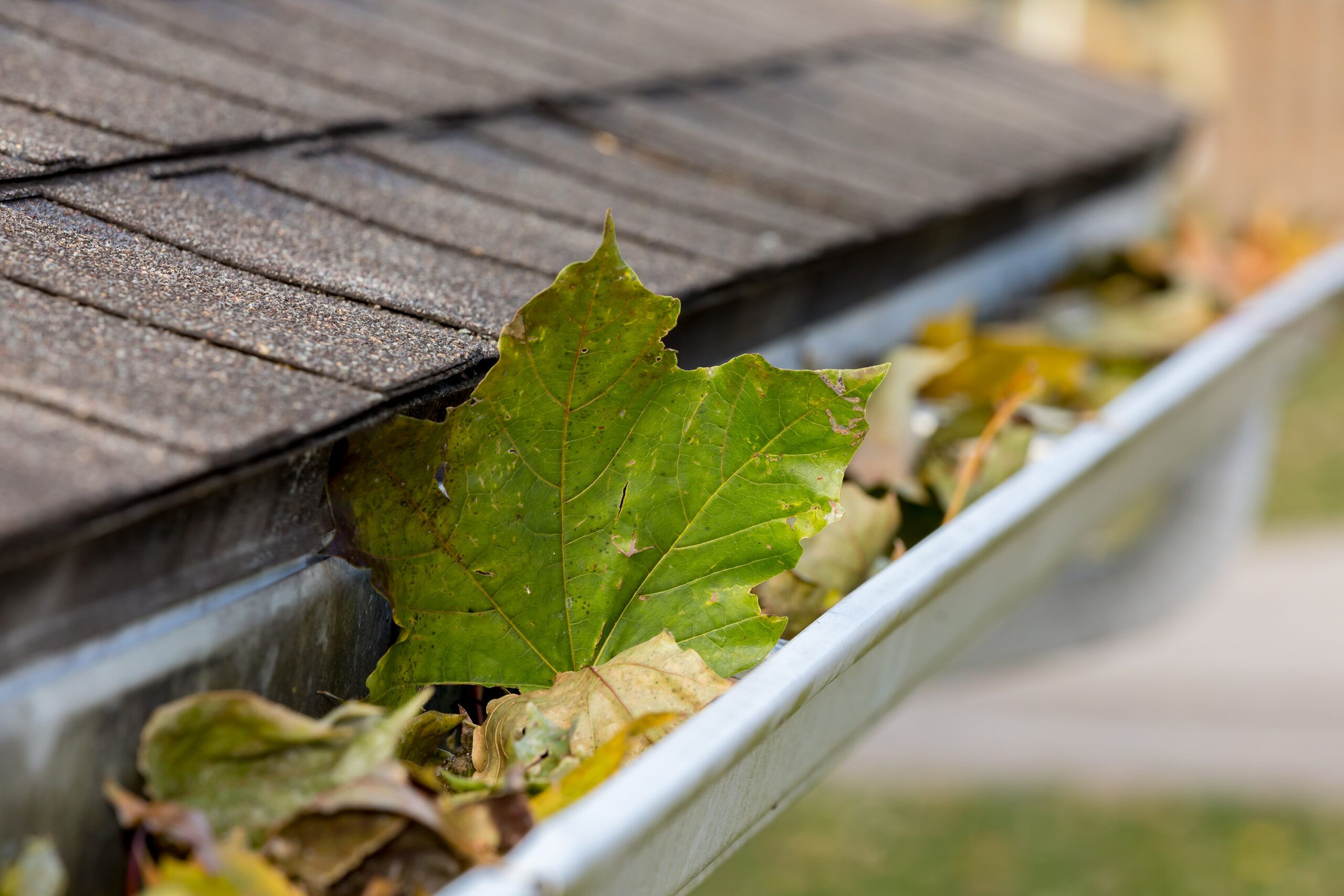
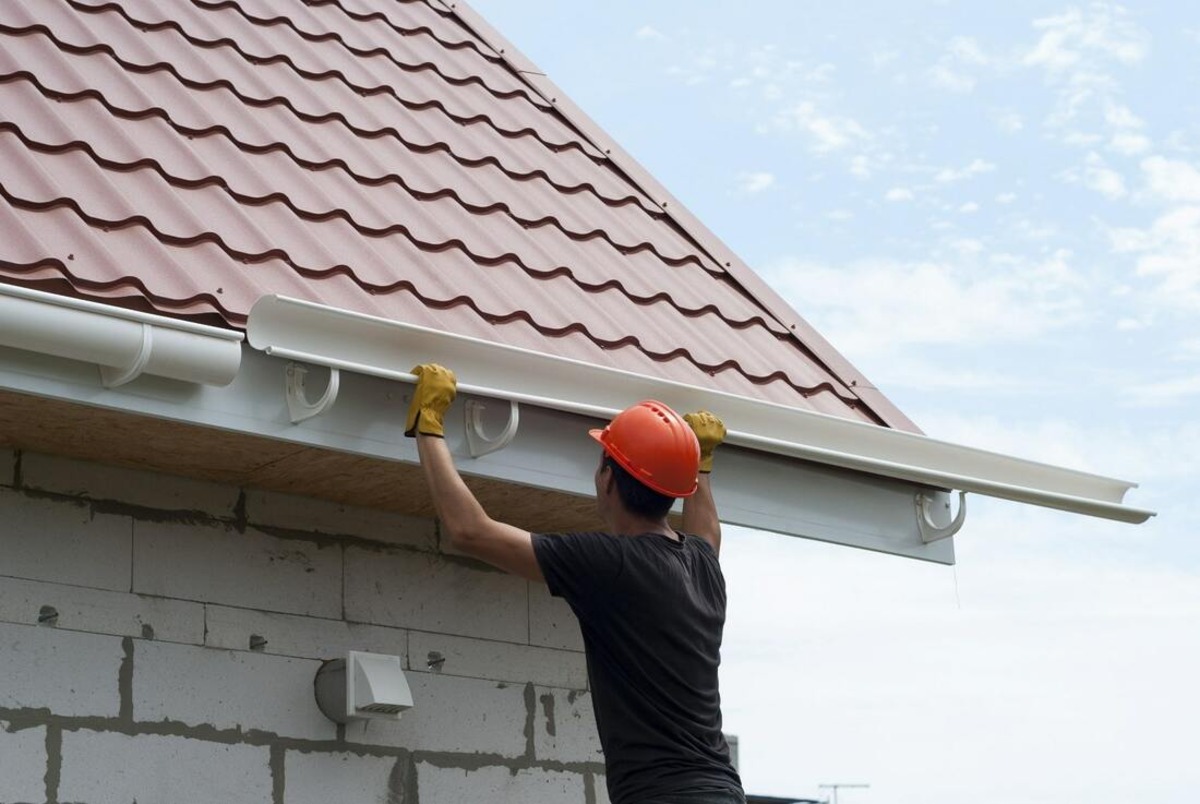
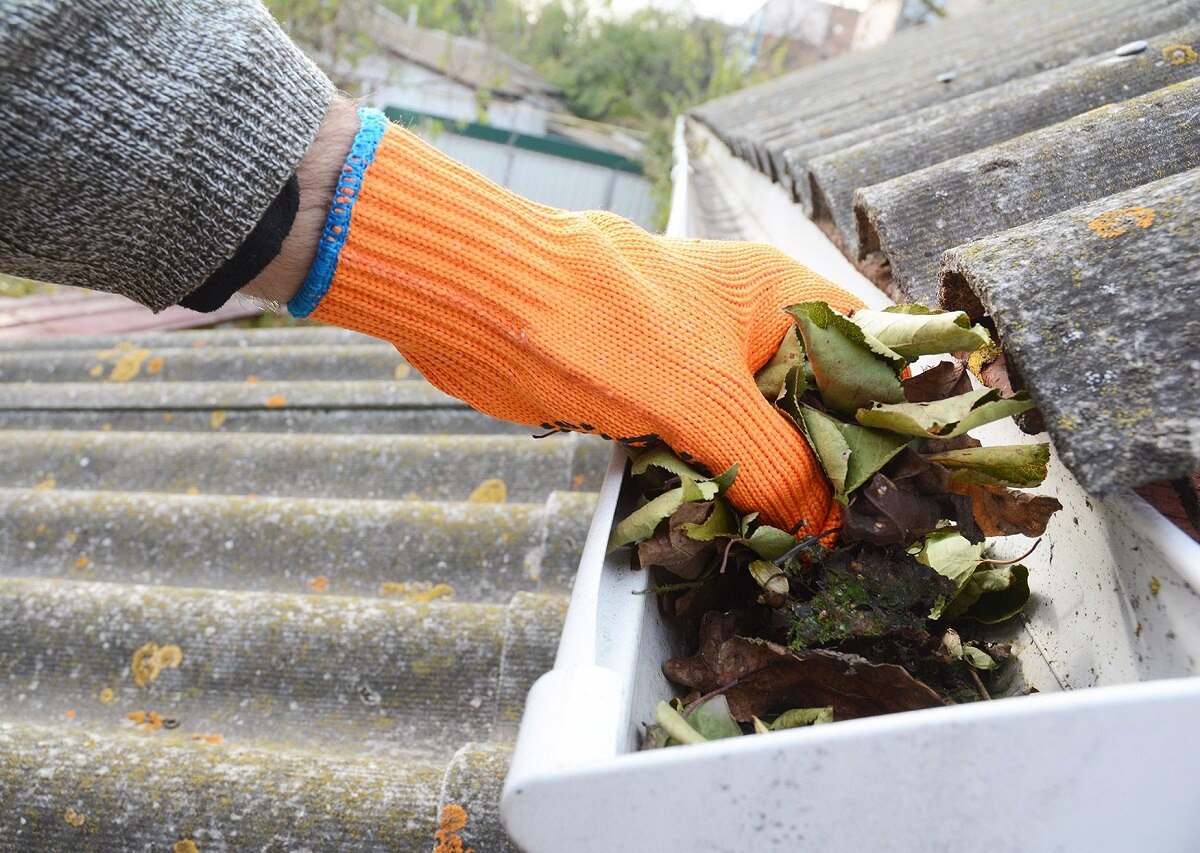
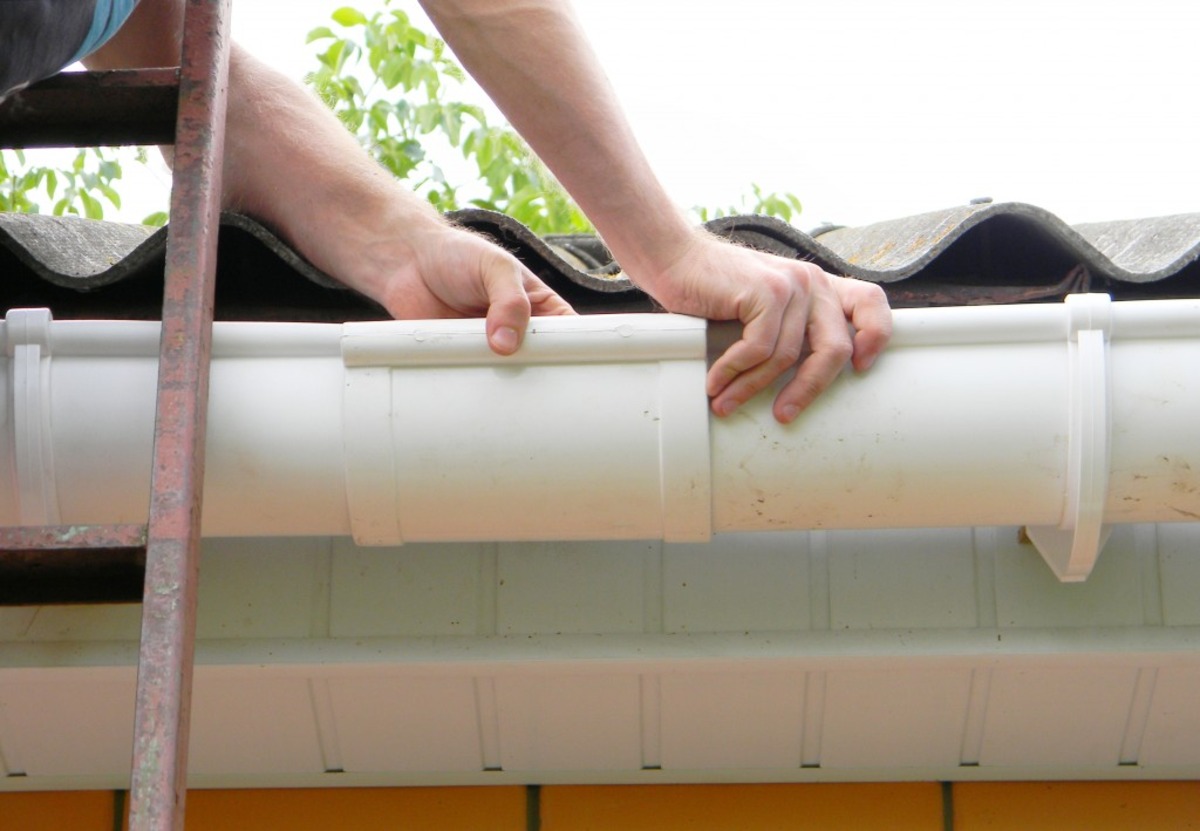
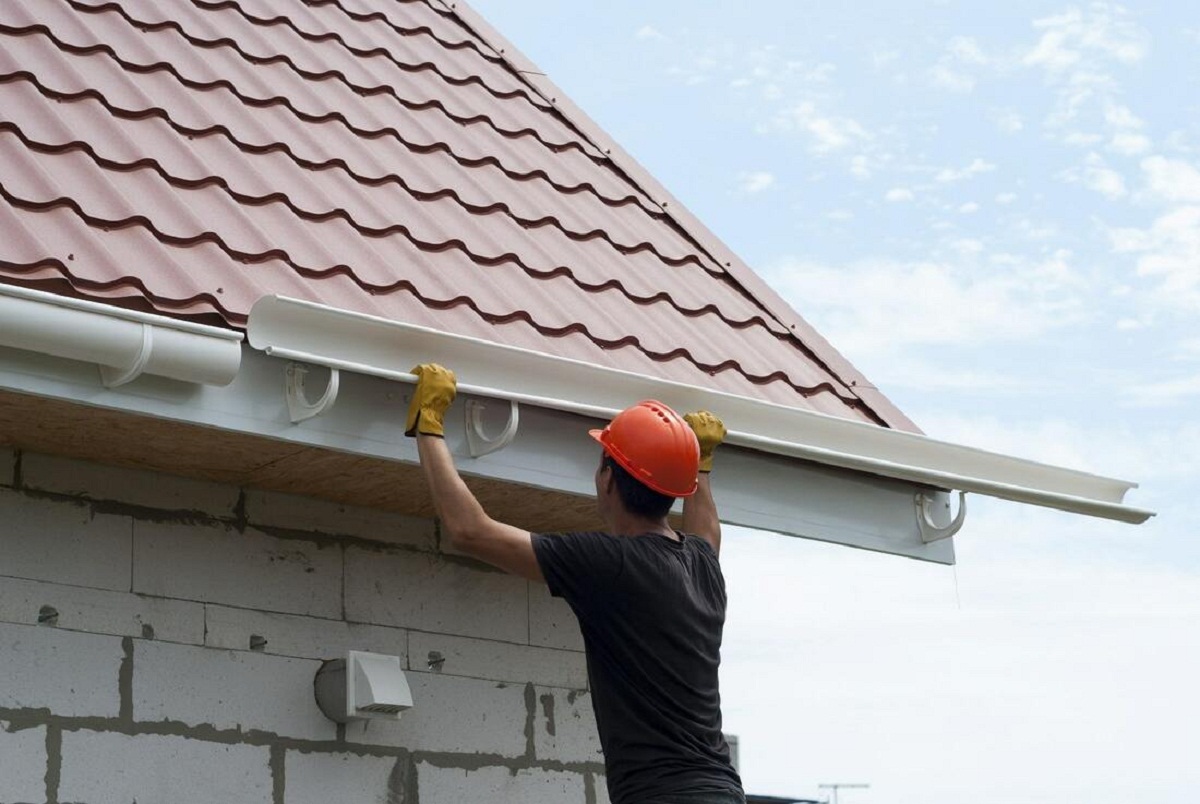
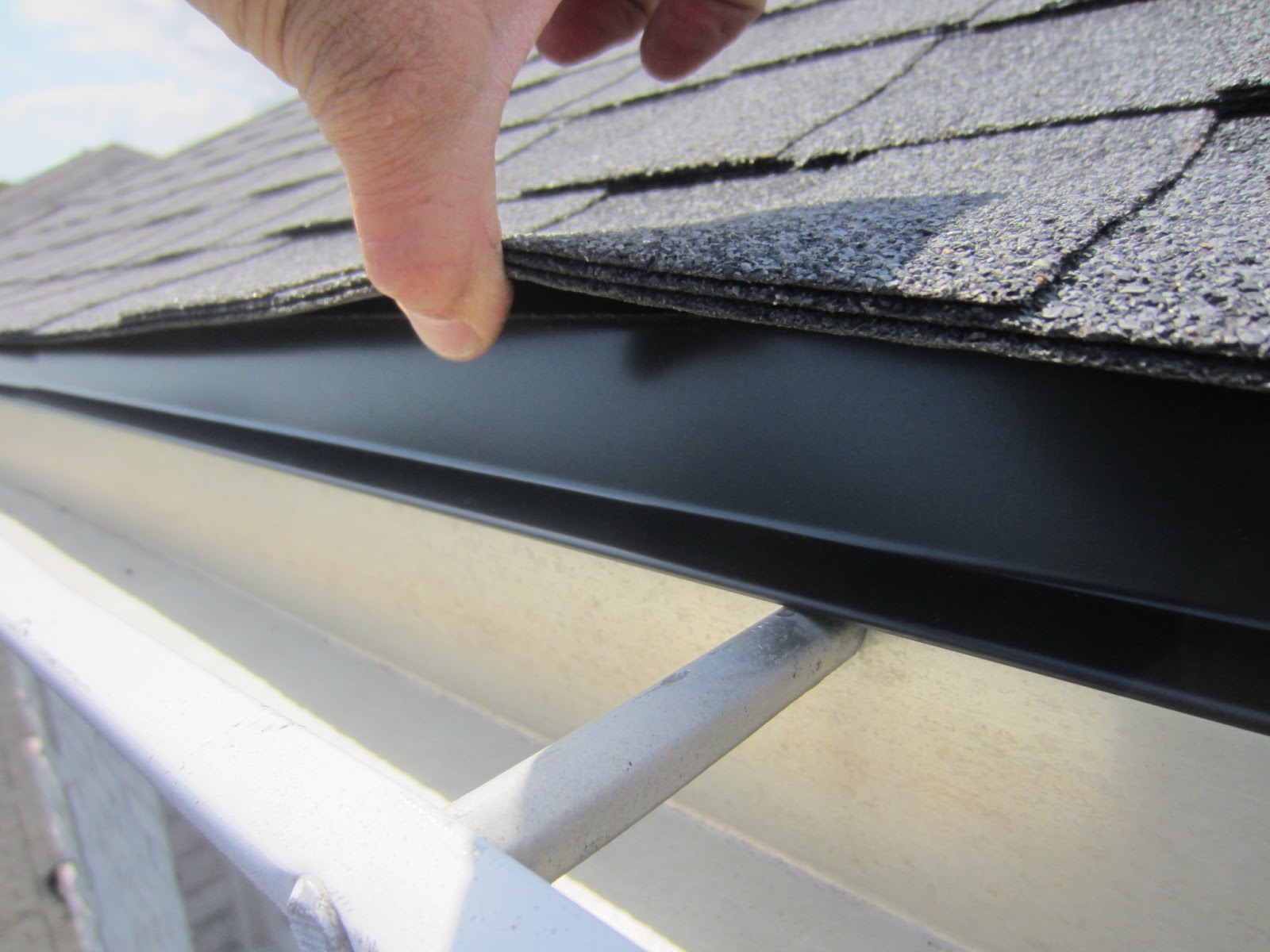
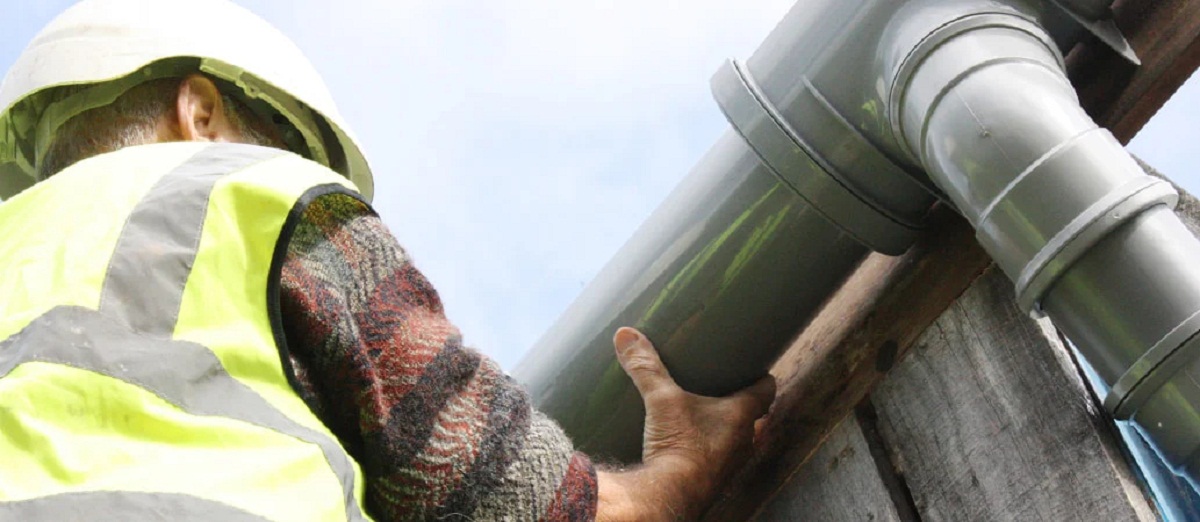
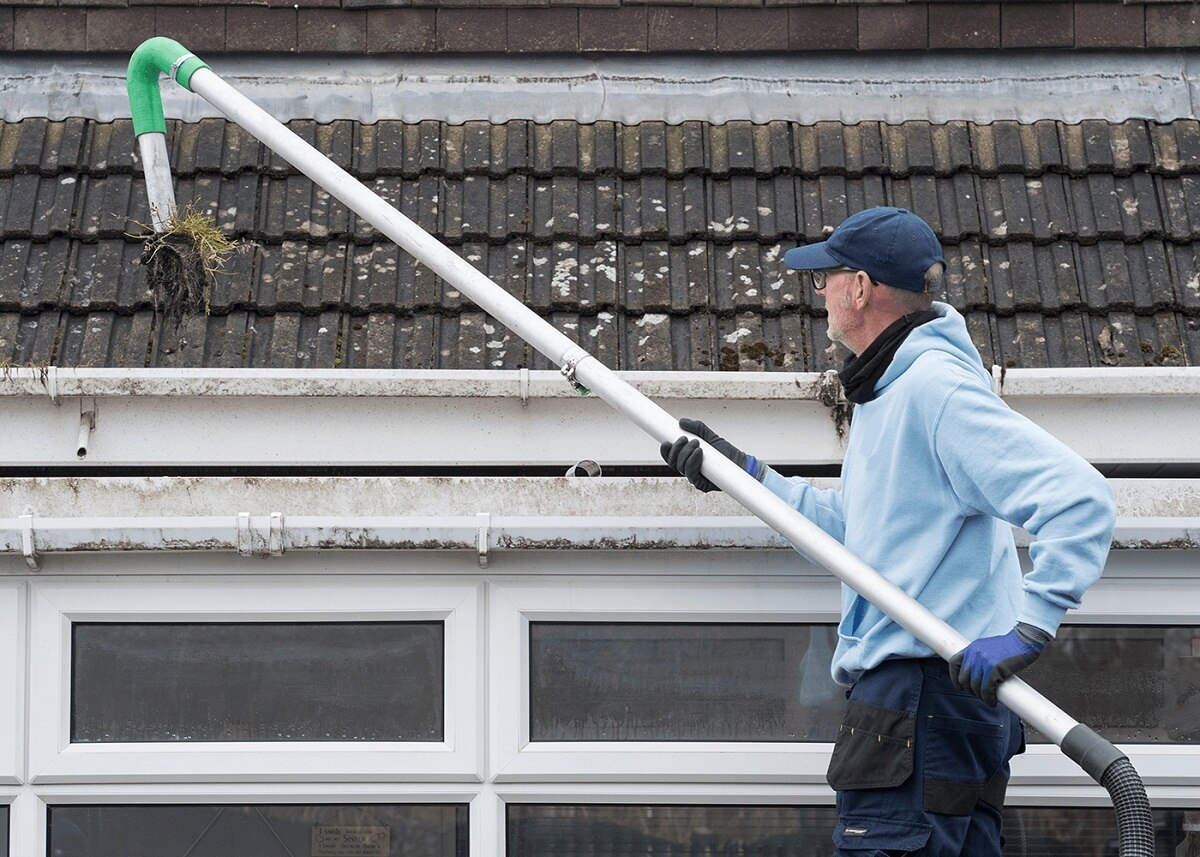

0 thoughts on “How To Paint Gutters”